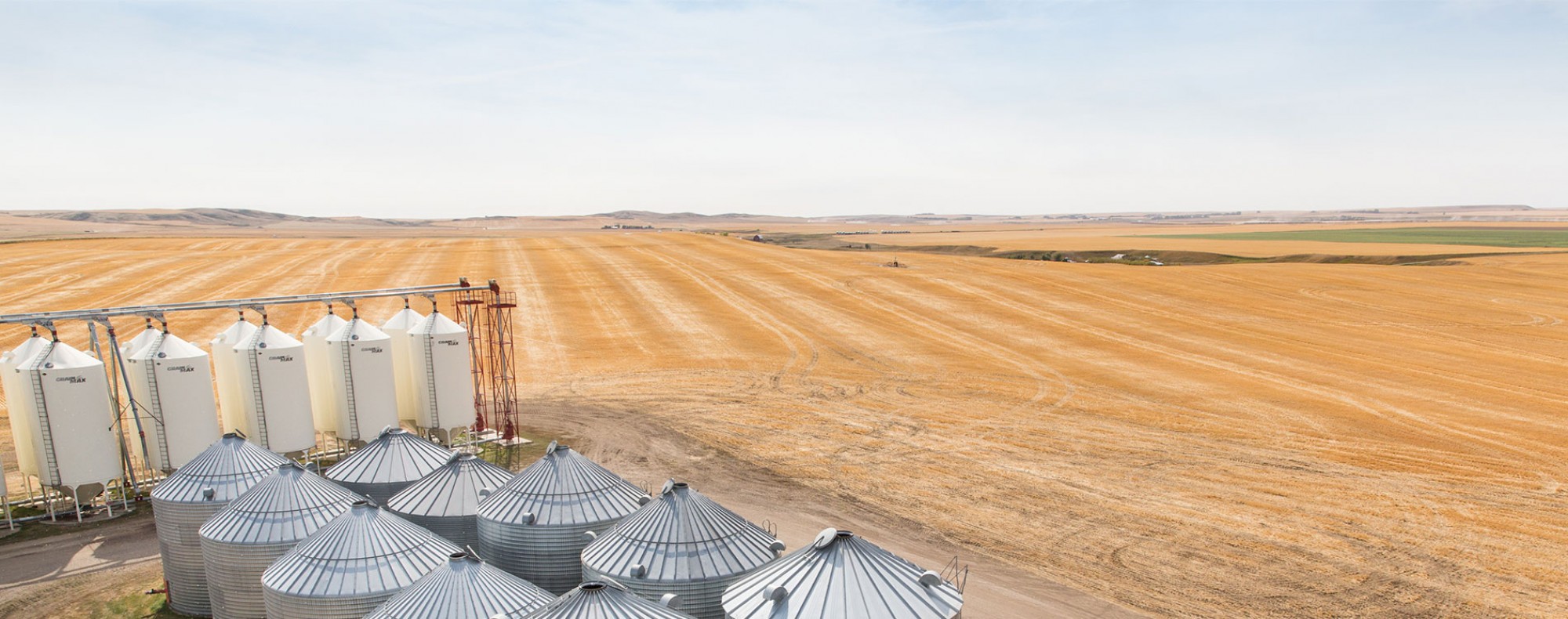Return to Normal Production?
The wheat complex was the winner for the week, with technical buying and short-covering supporting the three boards as the market is still factoring in the lower U.S. wheat acres suggested in 2024. However, producer selling, speculative profit taking and wet forecasts for the U.S Southern Plains’ winter wheat fields led to heavy selling last Friday. Perhaps it's no surprise that managed money is near a record high for net short positions in wheat and corn.
Falling cash prices and improved South American harvest prospects weighed on corn and soybean futures, as did fund selling at the end of the week.
Agriculture Canada offered its first estimate of what Plant 2024 will look like, and all but oats and pulses are expected to see lower-seeded areas. This week, we dig into what the AAFC’s forecasts could mean for wheat, durum, and barley. The broader takeaway is that they’re expecting yields and production to rebound above five-year averages for most crops, which seems to be a stretch right now, given soil moisture conditions in many areas. However, we have to remember how we did the year after the 2021 drought!

Headlines Worth Noting
The Bank of Canada left its key interest rate unchanged at 5 per cent last week, indicating they will likely keep it there for the next few months.
A few new U.S. acreage estimates have come out:
- S&P Global: 93M acres of corn (-1.7 per cent or -1.6M acres from last year’s 94.6M) and 85.5M acres of soybeans (+2.3 per cent or +1.9M acres from last year’s 83.6M)
- Farm Futures (based on a farmer survey): 92.8M acres of corn, 85M acres of soybeans
Former U.S. President Donald Trump winning the New Hampshire primary last week, pointing to him being the Republican Presidential candidate when Americans head to the polls later this year on November 5th.
With a real estate crisis worsening, one of China’s former largest property developers, Evergrande, is now being forced to liquidate its assets by a Hong Kong court. This comes on the heels of back-to-back daily announcements last week from the Chinese government about new economic stimulus.
International Wheat Market Watch
- Chinese customs added some Argentinian grain traders to its list of approved wheat exporters, indicating that the seventh largest wheat exporter will be doing more business in the People’s Republic. In addition to the rare sighting of Argentine wheat landing in West Africa, this helps validate my suggestion from just a few weeks ago that Argentina’s wheat exports could get more aggressive in the first six months of 2024.
- The International Grains Council (IGC) is forecasting global 2024/25 wheat production to improve compared to this past harvest. Still, global stocks will decline to six-year lows as increased food consumption will compensate for lower feed use.
- The IGC also expects global durum production to beat consumption for the first time in five years, led by the European rebound of a +600,000 MT increase YoY (year-over-year) to 7.7 MMT). Beneficial winter rains in North Africa should also help see durum yields return closer to their mean averages after a few consecutive years of drought.
Less Wheat, More Durum in 2024
- Agriculture Canada is estimating 20.4M acres of non-durum wheat will be planted this year, a 2.9 per cent or 613,000-acre decline YoY, and that average yields will be above the five-year average, production will likely stay flat at around 27.9 MMT.
- Nearly 1.5M acres of this will be winter wheat (down slightly from Plant 2023), while the spring wheat area is forecasted at 19M acres, down nearly 500,00 acres YoY.
- AAFC is also estimating 2024/25 non-durum Canadian wheat demand will be relatively the same as this current season, with 20 MMT of exports (flat YoY) and nearly 8 MMT of domestic use (+2.6 per cent or +204,000 MT YoY), meaning ending stocks should be flat YoY as well.


- AACF is estimating 6.12M acres of durum will get planted this spring in Canada (+27,000 or +0.5 per cent YoY), with average yields climbing back up to 33.5 bushels per acre (bu/ac), versus last year’s 25.3 bu/ac and the five-year average of 34.6 bu/ac.
- Ag Canada is also expecting exports to remain strong in the 2024/25 at 4.35 MMT, but I’m a bit skeptical of this, given the forecasted rebound in durum output in Europe and North Africa.
- With a bigger harvest though, ending stocks could nearly double year-over-year, from 2023/24’s projected 450,000 MT to 2024/25’s 700,000 MT.


Barley Market Waits for Less Corn?
- Expectations from the IGC are that global barley output will rebound in 2023, led by the EU, Australia, and the Black Sea region.
- Barley production is expected to improve in Canada as well, mainly because Agriculture Canada estimates average yields to jump more than 9 per cent YoY or nearly 6 bushels to 67.1 bu/ac. However, acreage is forecasted -5 per cent, or 353,000 acres lower YoY at just under 7M acres, which would be the lowest in six years.
- Feed barley prices continue to be pressured by competitive US corn coming in and a milder winter in many areas, meaning fewer livestock operators are purchasing. Thus, many bids are getting pushed out to the spring and early summer, sitting around the $300 CAD/MT or $6.53/bushel level.
- Looking beyond this, in the long term, even with fewer barley acres this year, the possibility of back-to-back U.S. corn crops is undoubtedly there. Ultimately, U.S. corn may become a regular in Canadian livestock rations, especially now that today’s values are at pre-COVID levels.


To growth,
Independent Grain Markets Analyst
